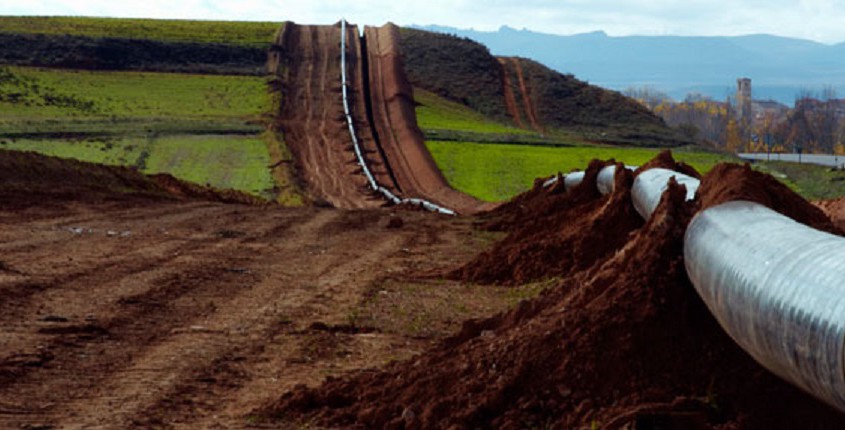Four Common Problems Encountered in Pipeline Construction
 Building a major oil and gas pipeline is among the most complex projects that any organization can undertake. It is filled with many different potential external bottlenecks that can cause delays, excessive costs, and various other problems. In order to keep a major pipeline construction project on schedule and under budget, you will have to plan ahead, adopt the right technology, and take advantage of assistance from the right kinds of partners, when necessary.
Building a major oil and gas pipeline is among the most complex projects that any organization can undertake. It is filled with many different potential external bottlenecks that can cause delays, excessive costs, and various other problems. In order to keep a major pipeline construction project on schedule and under budget, you will have to plan ahead, adopt the right technology, and take advantage of assistance from the right kinds of partners, when necessary.
Read this post to learn more about some of the challenges that can arise during the pipeline construction process and what a project manager can do to overcome them.
1. Infrastructure Shortfall
One important concept to be aware of is the fact that most new pipelines are being built in areas that are already served by an existing oil and gas infrastructure. However, in most cases, the pipelines that are already in place are either too old or too small to support the actual oil and gas production capabilities of a particular play. This could be because the capacity of the play was once significantly underestimated or because new drilling technologies have created the potential to reach oil and gas that could not have been reached previously.
Whatever the reason, a pipeline project needs to be able to add on to the current infrastructure, building around existing pipelines and replacing them when necessary.

2. Right of Way Issues
Another major issue when it comes to pipeline construction is the sheer amount of land they cover. Of course, this can be a problem when it comes to securing the right of way to build the pipeline. Major interstate oil and gas pipelines are usually covered by imminent domain, meaning that it would be impossible for local landowners to stop the pipeline from being built.
However, the main pipeline is only one element of the actual project. Wells and smaller lines that feed into the main line are usually located within a single state and therefore require the builder to secure a right of way agreement with each individual landowner. If you don’t plan ahead appropriately, this can be an extremely costly and time-consuming process.
3. Difficult Terrain
Since pipelines typically cover such long distances, there are usually a variety of different terrain challenges that a pipeline construction project must account for. This could include elements like weather (extreme temperatures, rainfall, and major events such as hurricanes and tornados), mountainous terrain (rocky soil that is much more difficult to excavate than ordinary soil), and changes in elevation (difficulty maintaining a steady depth for the pipeline and problems getting equipment to the work site).
Together, all of these issues can cause serious problems for the project that isn’t adequately prepared to deal with them.
4. Geopolitical Issues
The typical pipeline construction project crosses many different political jurisdictions, from municipalities to counties to states. This is primarily an area for concern because each of these individual jurisdictions will have its own unique set of building codes and regulations that you must adhere to in order to build there. This dramatically complicates the building process, as failing to account for even one of these disparate sets of regulations can cause serious delays for the entire project.
In order to make sure that geopolitical issues don’t cause problems with your project, it’s important to start early on getting all the approvals you might need and to work with a partner that understands the unique local regulations in a way that you might not.
The best way to address all these issues is with pipeline routing services from a trusted land surveying partner. To learn more about pipeline routing and how it can help you ensure a smooth pipeline construction project, contact Landpoint today.



